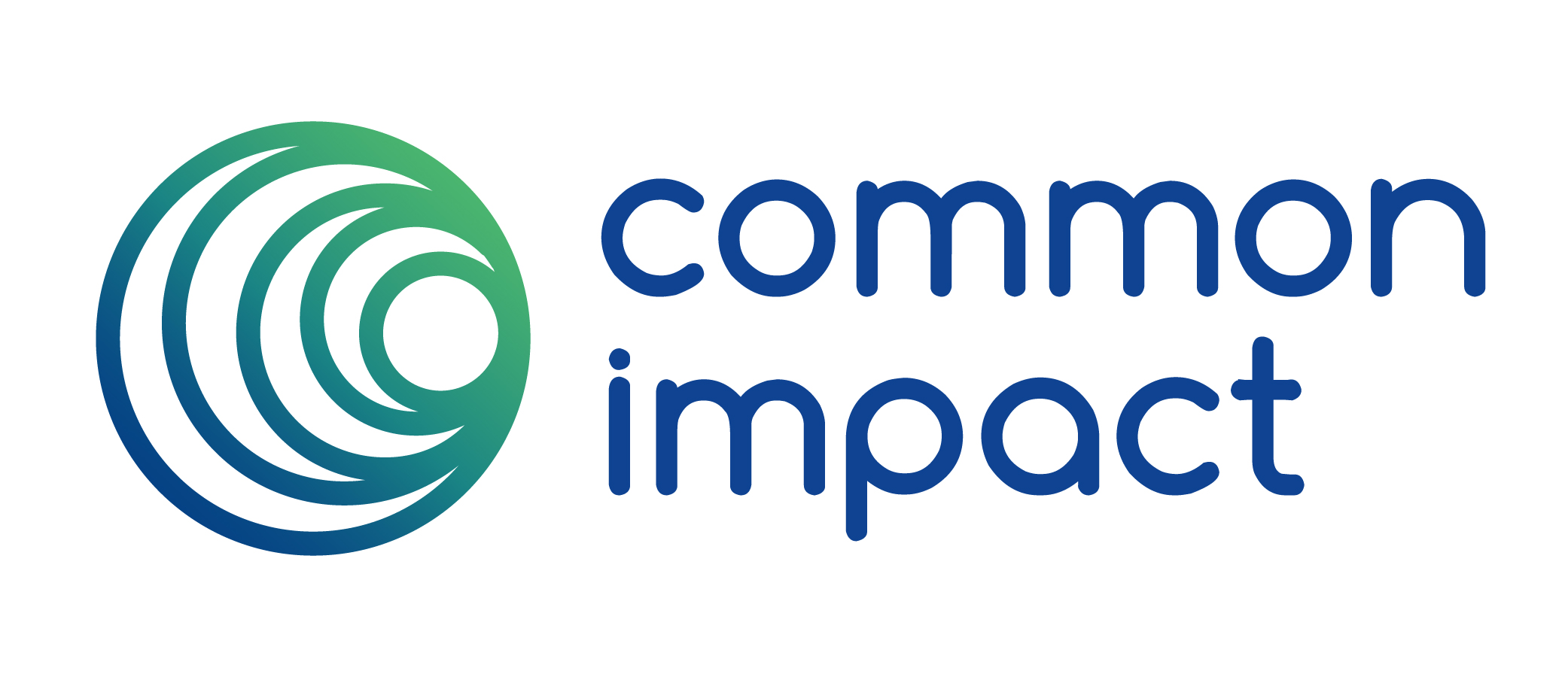The Untapped Potential of Employee Volunteer Programs
by Danielle Holly

Originally published in Blackbaud's ebook CSR2020: Experts Look Ahead
We are at an exciting moment for employee engagement, with its untapped potential arguably larger than ever. Civic engagement is on the rise with volunteer platforms showing double to triple digit increases in engaged citizens. Millennials are maturing into leadership positions, enabling them to translate their appetite for purpose-driven work into everyday business practice. Over the next few years, we will see this manifest into an increasing private sector ambition on community issues, a growing sophistication of volunteer programs that reinforce leadership development, and a rise in CEO activism.
If you’re an employee engagement professional right now, think about these questions:
Expanding Corporate Ambition
- On expanding your ambitions: What are the biggest issues facing the regions in which we operate? What are the resources we can bring to bear and how can other companies complement our efforts?
- On service as leadership development: How can our HR and CSR team design programs that build the conscious leadership skills of our employees? How can use skills-based volunteering as a development tool?
- On CEO activism: What are the issues our executive leadership really cares about that are making headlines today? How should our company mobilize behind those issues?
Businesses are becoming more ambitious with their community engagement goals, driven in part by the UN Sustainable Development Goals that call for wide sweeping change such as the eradication of hunger. In order for companies to have a substantial impact on these formidable goals, they are looking beyond their own capabilities and towards partnerships with other companies -- within their ecosystems, supply chains and geographies. Hamstrung by competition, a lack of resources and sheer logistical complexity, the appetite for these partnerships is often stronger in concept than in practice.
However, there has been growing success in more responsive business partnerships, which could ultimately sow the foundation for longer term corporate collaboration. The catalyst for these organic partnerships? Disaster relief.
During 2017’s hurricane season, we saw a common, critical response from the private sector focused on in kind donations and volunteering. New to the conversation, however, were questions from employee engagement professionals around volunteerism as a tool for planning and prevention. How could they work with the employees from other local companies to better equip their regions to deal with the next emergency? What skills and resources did they have that would best complement those of the other institutions in their area? From continuity planning to crisis training, companies have started to think about how to collaborate to reduce the impact of the next disaster. It’s a natural next step. The private sector’s approach to disaster relief is grounded in a service approach, presents an immediate and acute need, and sits within the context of a growing business imperative around climate change. For better or worse, the increase in natural disasters has become fertile testing ground for companies working together to solve challenges larger than those they could tackle themselves.
Service as Leadership Development
If you’re reading this, you know that a company’s social impact initiatives are moving away from being solely driven CSR and towards living as a more integrated part of its business. You know that the largest segment of the workforce, Millennials, demand that their employers have a broader purpose than the bottom line. You know that skills-based volunteerism (SBV) – professionals investing their skills along with their time – builds the leadership skills of employees and makes them a stronger, happier part of the workforce. Still, employers – particularly more traditional, bottom-line driven businesses, are just starting to create the connections within their companies – between HR and CSR – that allow them to make the most of the natural intersection between leadership development and employee engagement. SBV has become one of the most actionable conversation starters between those often disparate groups, with now more than 50% of companies engaging in a formal pro bono program. In the next few years, we’ll see more of those programs evolve past their pilot stages and focus on leadership development. We’ll watch models move past single days of service to more embedded models that focus on a depth of impact – on the nonprofit, the employee and their company.
The Rise of Corporate Activism
There is a growing willingness from corporate CEOs to take a stand on social issues. Starbucks’ Howard Schultz, Amazon’s Jeff Bezos, Chobani’s Hamdi Ulukaya are all among a growing list of leaders who have placed the economic might of their company behind issues they care about. While this activism has been modeled by some of the world’s largest companies, companies of all sizes and industries will face employee pressure to be vocal on issues of social import. A 2017 study demonstrated that 47% of Millennials believe CEOs have a responsibility to speak up about issues that are important to society and 56% say that responsibility is greater today than it has been in the past. As CEOs take a mic to social issues, their companies will be expected to follow suit, demonstrating those values through their investments, policies and community initiatives. A company’s employees will be the most discerning group, with a growing desire to feel connected to the company’s values and to engage on the topics they see in newspaper headlines. Companies will need be proactive in understanding which issues are important to their leaders and how to educate and engage employees to bring those values into their culture and practice.
Check out Blackbaud's full eBook CSR2020: Experts Look Ahead to hear from leaders on the new role of CSR in the workplace.
i Giving in Numbers 2017, CECP. http://cecp.co/home/resources/giving-in-numbers/
ii CEO Activism in 2017: High Noon in the C-Suite, Weber Shandwick & KRC Research, 2017. http://www.webershandwick.com/news/article/ceoactivism-in-2017-high-noon-in-the-c-suite

